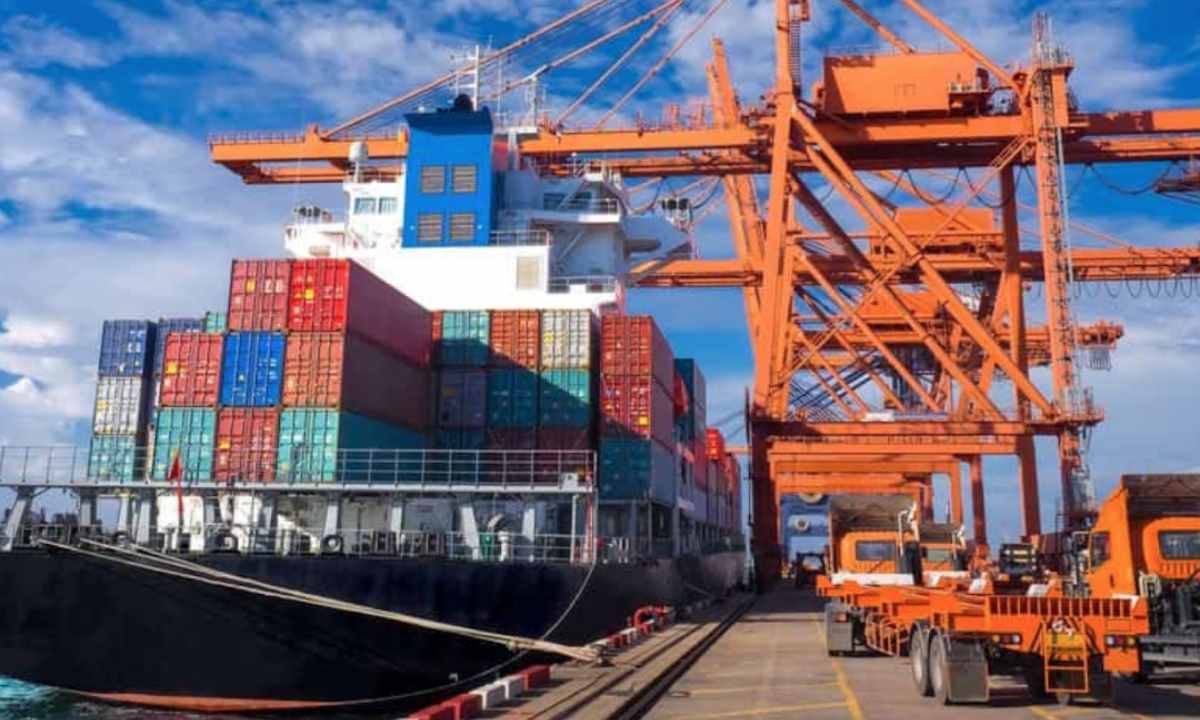In today’s era of globalization and technological advancement, international trade plays a pivotal role in the global economy. One of the primary aspects of this trade is the importation of goods from abroad, which helps meet domestic needs that cannot be fulfilled locally due to resource limitations, technological constraints, or production capacity. However, the import process is not straightforward; it involves navigating various regulations and procedures that must be understood and adhered to in order to ensure a smooth and lawful import operation.
Mistakes in this process can lead to obstacles, delays, or even legal sanctions. Here are the essential steps to follow for correct and efficient importing of goods:
1. Online Application for Import Licensing
The first step in the import process is applying for an import license through the government’s online system. This involves registering on the platform and filling out the application form, along with attaching necessary documents such as your Tax Identification Number (NPWP) and Company Registration Certificate (TDP). Once submitted, you will need to wait for approval from the relevant authorities. The processing time can vary from a few days to several weeks, depending on the complexity of your application and the efficiency of the review process. It is crucial to ensure that all information provided is accurate and complete to avoid delays in approval.
2. Offline Application for Import Licensing
If online application is not feasible due to technical issues or other constraints, you can opt for an offline application by visiting the nearest Customs office directly. Ensure that you bring all required documents with you. This process may take longer as it involves waiting in line and interacting with customs officials. It is advisable to prepare all paperwork in advance to expedite the process as much as possible.
3. Importation Process
Once you have received your import license, you can initiate the importation process. This involves coordinating with freight forwarders or shipping companies for the transportation of goods. Ensure that all shipping documents are complete, including the Bill of Lading (B/L), invoice, packing list, and any other necessary documentation.
Additionally, it is essential to verify that the imported goods comply with Indonesian regulations and standards regarding quality and safety. Non-compliance can lead to rejection at customs or additional scrutiny.
4. Import Procedures
To ensure a smooth import process in accordance with prevailing regulations, several procedures must be followed:
- Drafting a Purchase Contract: The first step is creating a purchase contract detailing the goods being imported, including specifications such as quantity, price, and delivery dates.
- Opening a Letter of Credit (L/C): The buyer opens an L/C through their bank, which serves as a guarantee for payment to the seller upon fulfillment of specified conditions.
- Document Shipment: The seller ships the goods along with shipping documents such as invoices and packing lists.
- Payment at Partner Bank: After receiving shipping documents, the buyer settles their bill at their partner bank according to agreed terms.
- Submission of Bill of Lading: Following payment completion, the buyer submits the B/L to their shipping agent as proof that goods have been received and are scheduled for delivery.
- Customs Clearance Process: The buyer must pay applicable customs duties and taxes while ensuring that all import documents are in order.
- Finalizing Payment Instruments: The last step involves completing payment instruments that indicate that the buyer has received their goods and settled all associated costs related to imports.



